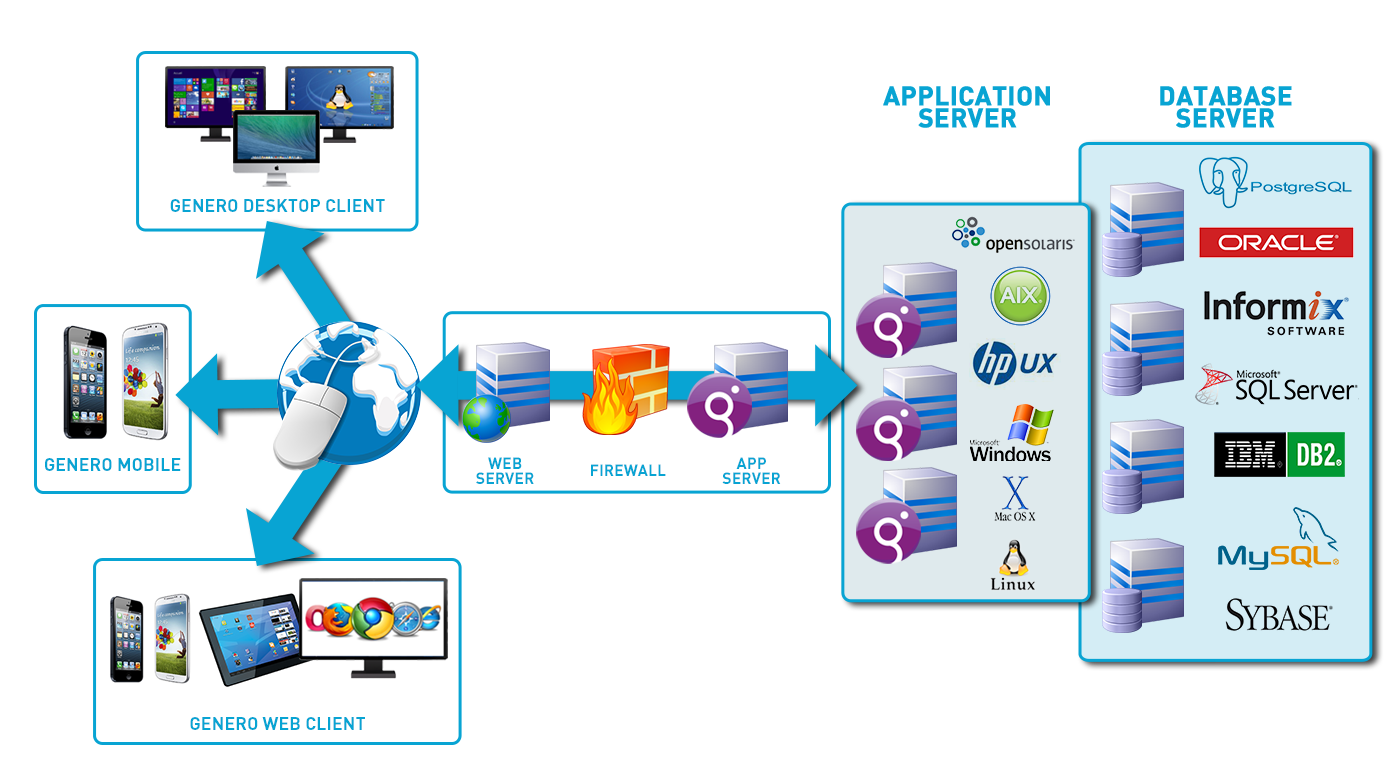Discovering the Advantages of Scalable Data Sources That Call For No Coding Abilities for Efficient Information Monitoring Solutions
The development of scalable databases that get rid of the necessity for coding abilities provides a transformative chance for companies looking for reliable information management services. By allowing non-technical customers to harness the power of information through intuitive user interfaces, these systems improve availability and foster collaboration across diverse teams. Their cost-effectiveness and versatility to advancing company needs can significantly improve operational procedures. As we take into consideration the implications of such advancements, it ends up being critical to check out just how they can improve the landscape of information management and drive lasting growth in a competitive setting.
Improved Access for Individuals
Enhanced availability for customers is a vital element of scalable data sources, making certain that information administration systems are intuitive and easy to use. In an age where data-driven choices are vital, access enables a larger series of individuals, consisting of those without extensive technical knowledge, to involve with database systems successfully. This democratization of data accessibility helps with boosted partnership across departments, equipping employees to make and extract insights notified decisions.
Easy to use interfaces, such as drag-and-drop features and visual information representation, streamline complex information interactions. These improvements reduce the knowing curve linked with typical data source monitoring, allowing users to focus on leveraging data instead of grappling with technological intricacies. Scalable databases usually incorporate real-time analytics and personalized control panels, giving users with instant insights customized to their particular needs.

Cost-Effectiveness and Source Financial Savings
Reliable data monitoring not just pivots on ease of access but also on cost-effectiveness and source financial savings. Scalable databases made for individuals without any coding abilities significantly reduce monetary problems generally connected with standard database administration systems. By eliminating the need for specialized shows knowledge, organizations can allocate their resources extra successfully, focusing funds on core company activities rather than considerable training or employing skilled workers.
Furthermore, these databases often utilize cloud-based services, which even more reduce costs associated with hardware and maintenance. Organizations can scale their database remedies according to their needs, staying clear of the expenses sustained from over-provisioning resources. This adaptability indicates organizations can adapt to transforming needs without incurring unnecessary costs, bring about considerable long-term savings.
In addition, easy to use user interfaces streamline information entrance and administration processes, decreasing the time invested in administrative jobs. This efficiency translates right into labor expense savings, permitting teams to concentrate on critical campaigns rather than routine upkeep. On the whole, embracing scalable databases that call for no coding abilities cultivates a more cost-effective technique to information monitoring, allowing organizations to optimize their resources while preserving high degrees of operational performance.
Improved Partnership Throughout Teams

In addition, scalable data sources promote seamless interaction amongst team participants. With easy to use interfaces that require no coding skills, staff members can easily develop, customize, and share reports or control panels tailored to their certain requirements. This democratization of information empowers non-technical customers to contribute insights, enhancing the collaborative setting.
In addition, these data sources sustain concurrent gain access to, allowing numerous individuals to service the see here very same dataset at the same time. This feature improves performance, as teams can involve in joint data evaluation without the danger of variation control problems. The ability to leave comments or notes straight within the data source additionally promotes dialogue and clarifies data analyses.
Streamlined Data Monitoring Processes
In today's data-driven environment, companies recognize the necessity of structured information monitoring processes to make the most of effectiveness and precision. By leveraging scalable data sources that need no coding abilities, organizations can simplify their data handling and minimize the complexities commonly associated with standard data source systems. This ease of access encourages non-technical users to involve straight with data, assisting in quicker decision-making and reducing dependence on specialized IT personnel.
Structured data administration procedures boost operations by automating routine jobs such as information access, validation, and reporting. Automated information assimilation makes sure that details from various sources is accumulated flawlessly, getting rid of silos and fostering a merged sight of vital service metrics (no-code). Straightforward interfaces permit personnel to adjust information quickly, enabling them to create understandings that drive strategic efforts without the need for considerable training.
This effectiveness not just accelerates operational procedures yet likewise reduces the capacity for human error, making sure that information stays reliable and accurate. Inevitably, structured data administration procedures with scalable databases cause enhanced efficiency, permitting organizations to concentrate on core activities while guaranteeing that their data management methods are reliable and effective.
Scalability for Growing Services

For expanding ventures, the capacity to scale up or down is critical. A scalable database can manage an increase of data produced from brand-new consumers, products, or solutions, ensuring that service operations continue to be undisturbed. Additionally, these databases give the ability to take care of peak tons efficiently, which is important during periods of quick growth or seasonal spikes.
Furthermore, many scalable data source options are designed with straightforward user interfaces that need no coding abilities, empowering non-technical personnel to take care of data efficiently (no-code). This democratization of data management permits organizations to designate resources purposefully and decrease dependence on specialized IT employees
Eventually, adopting a scalable database not just improves operational performance however likewise promotes an environment where businesses can introduce and advance without the restrictions of conventional data source systems. This versatility settings organizations for long-term success in today's affordable landscape.
Final Thought
To conclude, scalable check that databases that call for no coding abilities supply considerable advantages for effective information administration. These systems boost availability for non-technical users, lower functional expenses, and advertise cooperation across teams. By streamlining data monitoring processes and supplying scalability for growing businesses, such services enable companies to adjust to changing needs properly. Ultimately, the fostering of these user-friendly databases cultivates development and placements businesses for long-term success in a dynamic atmosphere.
Enhanced access for customers is an important element of scalable data sources, making sure that data management systems are user-friendly and user-friendly.Easy to use user interfaces, such as drag-and-drop functions and aesthetic information representation, streamline intricate data communications. Overall, taking on scalable data sources that require no coding abilities promotes a much more cost-efficient technique to data management, allowing organizations to optimize their sources while keeping high degrees of functional performance.
By leveraging scalable data sources that require no coding skills, companies can simplify their data handling and decrease the intricacies usually associated with standard data source systems - no-code.Streamlined data management processes improve process by automating regular jobs such as data entrance, validation, and reporting